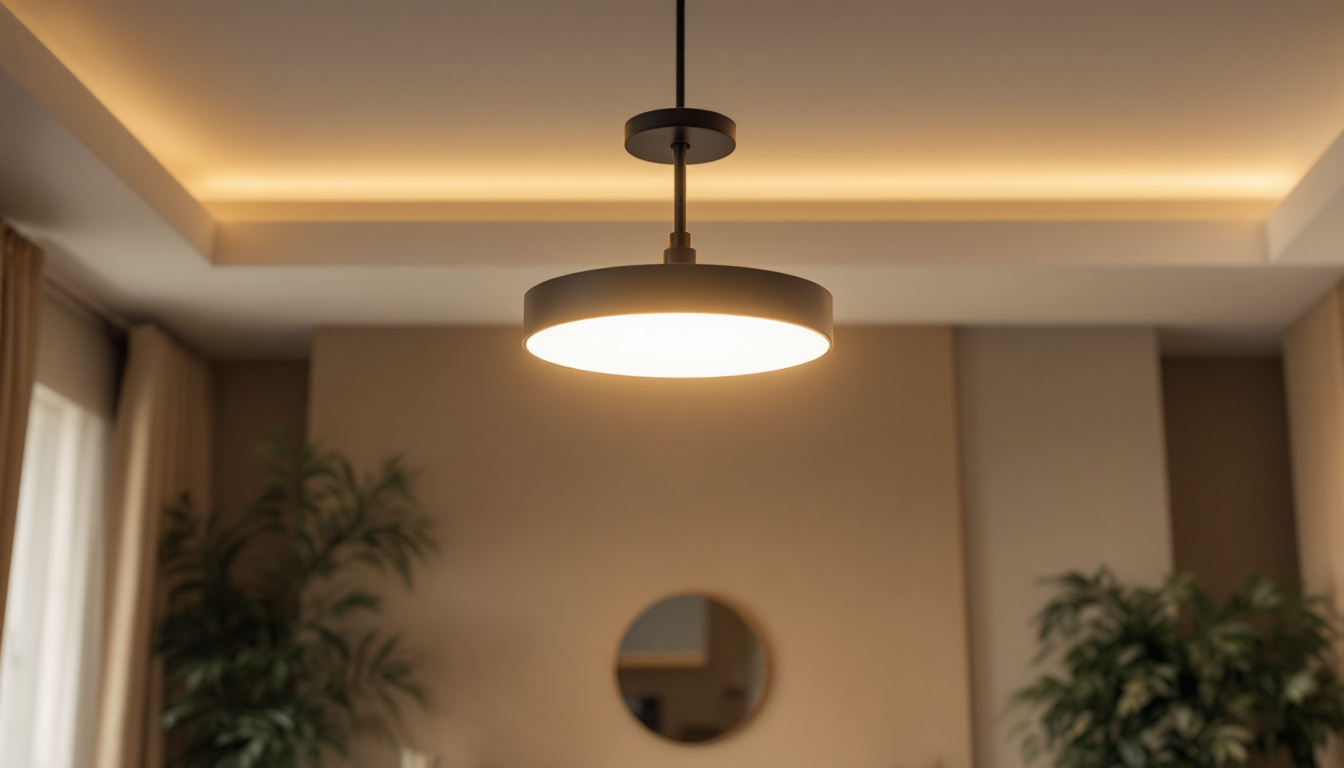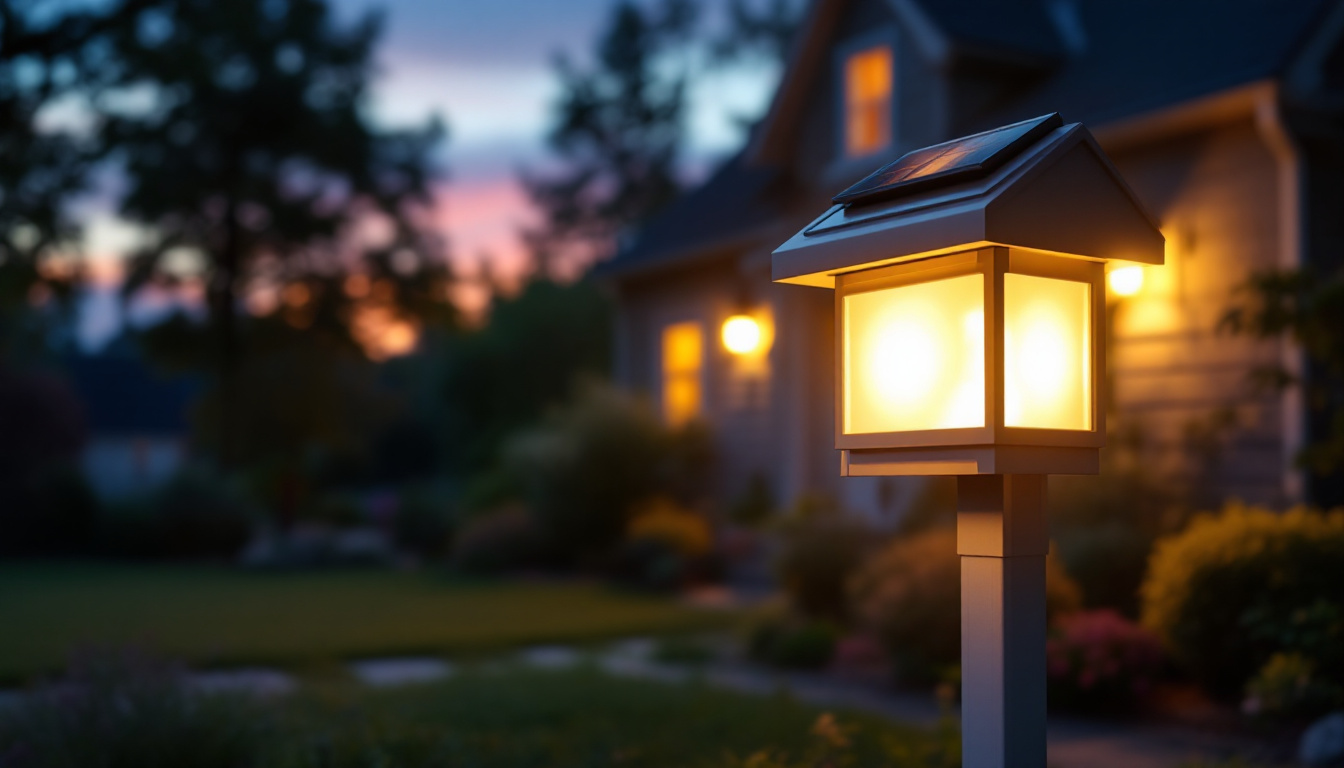
As a lighting contractor, understanding the various types of ceiling light fixtures is crucial for delivering optimal solutions to your clients. Ceiling fixtures not only illuminate spaces but also contribute significantly to the overall aesthetic of a room. This article explores the different types of ceiling light fixtures, their applications, and essential considerations for installation and maintenance.
Flush mount fixtures are a staple in many homes and commercial spaces. They are designed to sit directly against the ceiling, making them an excellent choice for rooms with low ceilings. These fixtures provide a clean and unobtrusive look while effectively illuminating the area.
When selecting flush mount fixtures, consider the wattage and bulb type. LED options are particularly popular due to their energy efficiency and longevity. Additionally, the design of the fixture can vary widely, from simple and modern to ornate and traditional, allowing for versatility in different settings. Many flush mount fixtures also come with dimmable features, enabling you to adjust the brightness according to the mood or activity in the room. This makes them not only functional but also adaptable to various scenarios, from bright task lighting to soft ambient light.
Semi-flush mount fixtures hang slightly below the ceiling, typically with a small gap between the fixture and the ceiling. This design allows for a bit more style and can create a focal point in a room. They are ideal for spaces that require a touch of elegance without sacrificing headroom.
These fixtures often come in various styles, from contemporary to vintage, making it easy to match them with the room’s decor. When installing semi-flush mount fixtures, ensure that the height is appropriate for the space to avoid any obstruction, especially in areas with high foot traffic. Additionally, semi-flush mount fixtures can also incorporate decorative elements such as crystals or glass shades, which can enhance the overall aesthetic of the room. They are particularly effective in hallways and dining areas, where they can provide both functional lighting and a decorative touch.
Pendant lights are versatile fixtures that can be used alone or in groups to create a statement. They hang from the ceiling by a cord, chain, or rod and are often used over kitchen islands, dining tables, or in entryways. The design options for pendant lights are virtually limitless, ranging from minimalist to elaborate designs.
When installing pendant lights, consider the height at which they will hang. A general rule of thumb is to position them about 30 to 36 inches above a surface like a table or countertop. This ensures adequate lighting while maintaining an inviting atmosphere. Furthermore, pendant lights can also be used to define spaces in open-concept areas, guiding the eye and creating a sense of separation without the need for physical barriers. For those looking to make a bold statement, consider mixing different styles and sizes of pendant lights; this eclectic approach can add visual interest and personality to your space.
The first step in selecting the right ceiling light fixture is to assess the purpose of the room. Different spaces have different lighting needs. For example, a kitchen may require bright, task-oriented lighting, while a bedroom may benefit from softer, ambient lighting.
Understanding the function of the space will guide you in choosing fixtures that not only provide adequate illumination but also enhance the overall design. Consider using a combination of fixtures to achieve layered lighting, which can add depth and dimension to the room. In a home office, for instance, a desk lamp can complement overhead lighting, allowing for focused work without straining the eyes. Additionally, incorporating dimmer switches can offer flexibility, enabling you to adjust the brightness according to the time of day or activity, whether it’s cooking, reading, or entertaining.
Ceiling height plays a significant role in determining the type of fixture suitable for a space. In rooms with low ceilings, flush mount or semi-flush mount fixtures are ideal, as they do not obstruct movement. Conversely, in rooms with higher ceilings, pendant lights or chandeliers can be used to create visual interest and draw the eye upward.
Always measure the height of the ceiling before selecting a fixture. This ensures that the chosen lighting enhances the room’s proportions rather than detracting from them. When dealing with particularly high ceilings, consider using a series of smaller pendant lights or a multi-tiered chandelier to create a cohesive look that fills the vertical space without overwhelming it. Additionally, think about the scale of the fixture in relation to the room; a large fixture can serve as a stunning focal point, while smaller fixtures can be grouped together for a more subtle effect.
Another critical consideration is the style and decor of the room. The ceiling light fixture should complement the existing design elements rather than clash with them. For instance, a modern fixture may look out of place in a rustic or traditional setting.
Encourage clients to choose fixtures that reflect their personal style while also considering the overall theme of the space. This can involve selecting finishes, colors, and shapes that harmonize with furniture and other decorative elements. For example, a sleek, metallic fixture can enhance a contemporary space, while a vintage-inspired fixture can add charm to a more eclectic room. Moreover, don’t overlook the potential of unique materials; glass, wood, or even fabric can introduce texture and warmth, creating a more inviting atmosphere. Accessories like decorative bulbs or shades can also be used to further personalize the lighting, making it not just functional, but a true expression of style.
Before installing any ceiling light fixture, it is essential to understand the electrical requirements. Ensure that the existing wiring can support the new fixture, especially if it requires a higher wattage than the previous one. This may involve upgrading the circuit or installing a new electrical box. Additionally, it’s wise to check the age and condition of the wiring; older homes may have outdated wiring that could pose a risk when connecting new fixtures. Consider using LED fixtures, which typically consume less power and can be a more energy-efficient choice, reducing the load on your electrical system.
Always adhere to local electrical codes and regulations when performing installations. If unsure, consulting with a licensed electrician can help avoid potential hazards and ensure a safe installation. Furthermore, keep in mind that some fixtures may require specific types of dimmer switches or compatible smart home systems, which can enhance functionality and ambiance. Researching these options beforehand can save time and ensure that your new lighting integrates seamlessly into your home’s existing electrical setup.
Different types of fixtures require different mounting techniques. Flush mount fixtures typically involve simple mounting brackets, while pendant lights may require additional support, especially if they are heavier. Understanding the specific requirements for each type of fixture will facilitate a smoother installation process. For instance, chandeliers often necessitate a more complex installation due to their weight and design, which may include multiple connection points and the need for a sturdy electrical box rated for heavier loads.
Additionally, consider the ceiling material when installing fixtures. For example, drywall ceilings may require anchors, while wooden beams can provide a secure mounting point without additional hardware. If your ceiling is made of plaster or another material, you might need specialized anchors to ensure a secure fit. Also, think about the height at which you are installing the fixture; the right height can dramatically affect the light distribution and overall aesthetic of the room. Properly measuring and marking the installation points will help achieve a professional-looking result.
Safety should always be a top priority during installation. Ensure that the power is turned off at the circuit breaker before beginning any work. Use appropriate tools and wear safety gear, such as gloves and goggles, to protect yourself during the installation process. It’s also beneficial to have a buddy system in place; having someone nearby can provide assistance and an extra set of eyes to ensure everything is done correctly and safely.
Furthermore, if working at heights, utilize ladders or scaffolding safely. It is essential to follow all safety guidelines to prevent accidents and injuries while installing ceiling light fixtures. Additionally, be mindful of your surroundings; clear the area of any obstacles that could cause tripping or falling hazards. Once the installation is complete, it’s a good practice to double-check all connections and ensure that everything is securely fastened before restoring power to the circuit. This diligence will help ensure not only a successful installation but also the longevity and safety of your new lighting fixture.
Maintaining ceiling light fixtures is crucial for their longevity and performance. Dust and grime can accumulate over time, diminishing the quality of light emitted. Regular cleaning can help maintain their appearance and functionality.
Use a soft cloth or microfiber duster to gently wipe down the fixture. For glass or crystal fixtures, a glass cleaner can be used to restore shine. Ensure that the fixture is turned off and cooled down before cleaning to avoid any risk of burns or electrical hazards.
Replacing bulbs is another essential aspect of maintenance. Over time, bulbs can burn out or lose their brightness. Familiarize yourself with the type of bulbs used in each fixture and keep a stock of replacements on hand for quick swaps.
When replacing bulbs, ensure that you are using the correct wattage and type as specified by the manufacturer. This not only ensures optimal performance but also prevents potential fire hazards associated with using incompatible bulbs.
Regular inspections of the electrical components of ceiling light fixtures can help identify potential issues before they become significant problems. Look for signs of wear, such as frayed wires or loose connections, and address these issues promptly.
If any electrical problems are detected, it is advisable to consult a licensed electrician to perform repairs. This ensures that the fixture remains safe and functional for years to come.
In conclusion, understanding the various types of ceiling light fixtures and their applications is essential for lighting contractors. By considering factors such as room purpose, ceiling height, and style, you can guide your clients in selecting the perfect fixtures for their spaces. Additionally, proper installation and maintenance practices will ensure that these fixtures not only enhance the aesthetic appeal of a room but also provide reliable and efficient lighting.
As a lighting contractor, staying informed about the latest trends and technologies in ceiling light fixtures will allow you to offer valuable insights and solutions to your clients. Embrace the art of lighting design, and your expertise will undoubtedly shine through in every project.
Ready to elevate your lighting projects with the finest selection of ceiling light fixtures? Look no further than LumenWholesale for spec-grade lighting products that combine quality, affordability, and convenience. We provide contractors with an unbeatable range of high-performance lighting solutions at wholesale prices, free from inflated markups and hidden fees. Plus, with free shipping on bulk orders, you can stock up on premium lighting effortlessly. Discover the value and quality that LumenWholesale offers and make us your go-to source for all your lighting needs.

Discover how the right classroom lamps can boost lighting project efficiency, enhance learning environments, and promote energy savings.

Discover the must-know features and benefits of T12 LED bulbs for lighting contractors.

Discover why staying informed about solar mailbox lights is crucial for lighting contractors.

Discover essential tips and strategies for lighting contractors to effectively utilize 150-watt lighting solutions.